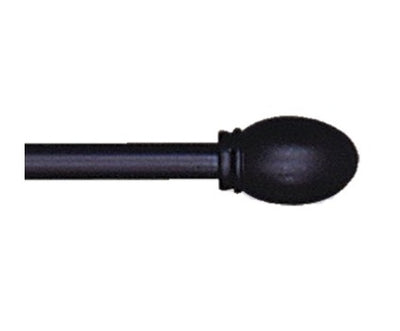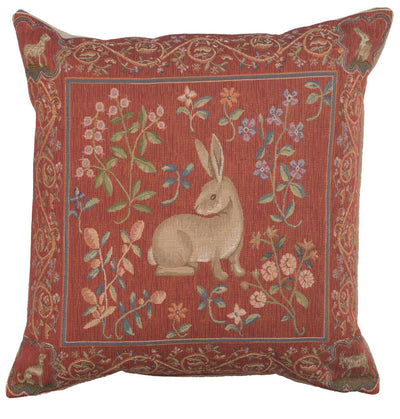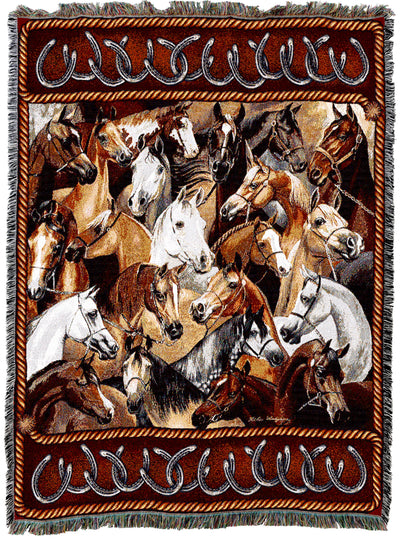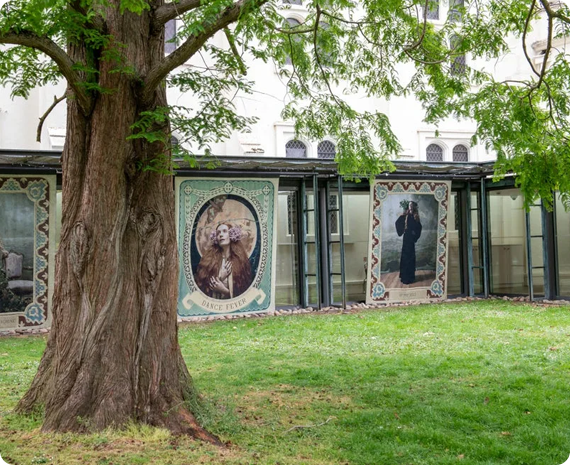How Medieval Tapestries Were Made: The Art of Weaving
Has the beauty of a medieval tapestry ever made you pause in awe? These stunning, larger-than-life art pieces aren’t just decorations; they’re stories woven in time. Each tapestry was masterfully crafted with skill and dedication, from epic battles to sacred moments. But what really goes into creating these intricate masterpieces? It’s not as simple as threading a needle. Picture a tapestry as a grid of threads—the vertical threads, or warps, are stretched across a loom, forming the base, while horizontal threads, or wefts, are skillfully woven in, bringing images to life. The process involves talented weavers, hours of painstaking work, and a whole lot of patience. Curious to know more about how these timeless works of art were brought to life? Let’s take a look behind the loom.
The Weaving Process of Medieval Tapestries
Creating a medieval tapestry was an intricate and labor-intensive process that required exceptional skill, attention to detail, and patience to transform raw materials into exquisite works of art. Let’s take a closer look at the steps involved in the weaving process of medieval tapestries.
1. Designing the Tapestry
The tapestry-making process began with the design, which laid the entire project's foundation. Artists or specialized designers were often commissioned by royalty, nobility, or the church to create images that conveyed specific narratives or symbolic meaning. These full-scale designs, known as "cartoons," depicted anything from biblical parables and classical mythology to scenes of court life or epic battles. The cartoon was usually painted or drawn in full color and at the actual size of the intended medieval tapestry.
Once completed, the cartoon would be placed behind or beneath the loom, depending on the type of loom used. For high-warp looms, the cartoon was hung behind the weaver, visible through the warp threads. In low-warp looms, it was laid flat underneath the warps, often cut into strips for easier reference. The cartoon served as the visual blueprint that the weavers would follow with painstaking accuracy.
2. Preparing the Loom
A loom was central to the tapestry-making process. Unlike the modern weaving machines we may be familiar with, medieval looms were large, vertical wood structures. The loom was set up with two types of threads: warp threads (vertical) and weft threads (horizontal). The warp threads served as the strong foundation of a medieval tapestry, while the weft threads were carefully woven through them to build the image.
The loom was prepared by first stretching the warp threads tightly across the frame. The number of warp threads used depended on the size and complexity of the tapestry, and they were typically made from strong fibers like linen or wool to ensure durability.
3. Weaving the Tapestry
Weaving the large tapestry was a time-consuming process that took several months, sometimes even years, to complete. Weavers worked from the back of the medieval tapestry, threading horizontal weft threads over and under the vertical warp threads to build the image row by row. The shed—a space created between alternating warp threads—allowed the weaver to pass the weft threads through using a shuttle or by hand. As each section was completed, the weaver would beat the threads down with a tool to ensure the fabric was dense and the warp threads were hidden from view. This beating process helped give tapestries their signature texture and durability.
Weavers typically focused on small areas at a time, often working just a few inches across before shifting to the next section. For larger projects, multiple weavers would work side by side, each responsible for a portion of the design. Communication and consistency between weavers were crucial to maintaining a seamless visual appearance across the entire medieval tapestry.
4. Adding Color and Detail
A standout feature of medieval tapestries was their bold use of color and masterful shading, which brought each scene to life with remarkable depth and vibrancy. Weavers used dyed threads made from wool, silk, and, in high-end tapestries, threads wrapped with gold or silver foil. These threads were chosen not only for their durability but also for their ability to hold color and reflect light. The dyeing process itself was complex and required natural ingredients such as madder root for reds, woad or indigo for blues, and saffron for yellows. The dyes' quality and richness significantly impacted the tapestry's overall visual impact.
To achieve depth, shading, and realism, weavers employed techniques like hachuring, where small, interlocking triangles of different colors created gradients and textures. This technique allowed weavers to simulate the look of highlights, shadows, and curves, much like brushstrokes in a painting. In depicting human figures, for example, subtle transitions between light and dark tones added lifelike expressions and dimension.
In addition to color, intricate patterns were woven into the medieval tapestry. These patterns could include detailed floral motifs, borders, or decorative designs around the central image. The inclusion of silk, gold, and metallic threads added further luxury and visual appeal, with gold threads often used to create halos around religious figures or to depict precious objects like crowns or chalices.
5. Finishing the Tapestry
Once the main body of the medieval tapestry was complete, it was carefully removed from the loom. The finishing process involved securing the edges by hemming them to prevent fraying. In some cases, the tapestry was backed with a layer of linen or canvas to provide additional support, especially for larger or heavier pieces. Additional embellishments, such as embroidery or stitched accents, might be added to enhance texture and detail. These final touches gave the medieval tapestry greater visual depth and highlighted specific areas of importance within the design.
Conclusion
The weaving process of medieval tapestries was a complex and highly skilled art that combined various techniques to produce the intricate, durable works of art we admire today. If you're eager to add such a masterpiece to your home decor, explore the collection of Quality Tapestries. We offer a curated selection of stunning pre-designed pieces, each one backed by our exclusive lifetime warranty. Also, if you wish to want to make your own tapestry, we also specialize in custom creations, skillfully crafted on Jacquard looms using luxurious, heirloom-quality fabrics.















